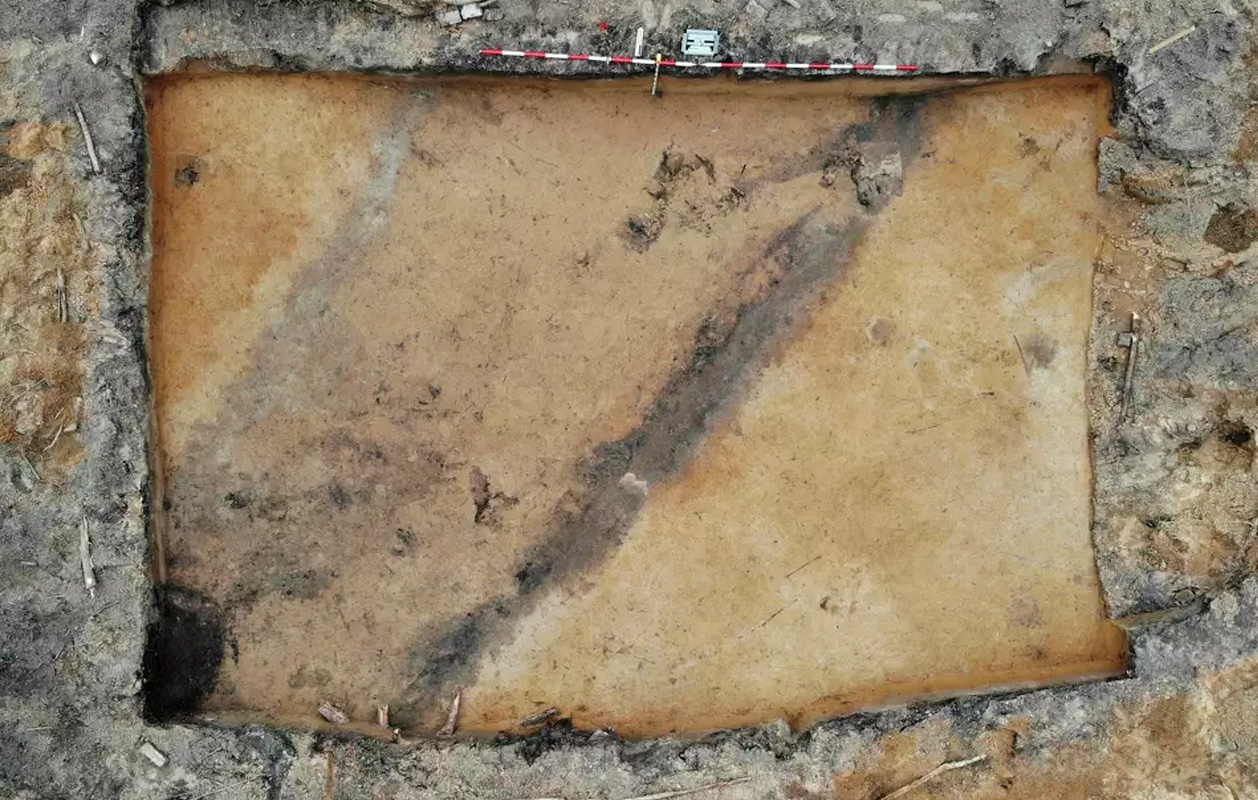Archaeologists excavating in St. Augustine on the northeast coast of Florida have uncovered a rare remnant of British rule: a redoubt, a fortified military outpost constructed in 1781.
Founded by the Spanish in the 16th century, St. Augustine served as the capital of La Florida for more than 200 years. Today, it holds the distinction of being the oldest continuously inhabited European-established settlement in the United States.
Following the 1763 Treaty of Paris, signed after Britain’s victory over France and Spain during the Seven Years’ War, Florida was ceded to the British in exchange for the return of Havana and Manila.
St. Augustine was placed under the governorship of James Grant, 4th of Ballindalloch, and remained in British rule for the next two decades.
Recent excavations by the City of St. Augustine Archaeology Program have unearthed a defensive dry moat in the city’s Lincolnville neighbourhood.
According to archaeologists, the moat formed part of a British redoubt, a fortified military outpost built in 1781 which was part of a chain of redoubts built along the city’s western edge. Historical accounts and maps indicated the existence of the redoubts, but this is the first physical archaeological evidence.
“That’s what’s interesting about these British redoubts, they’re the only defences that the British built themselves,” said city archaeologist Andrea White.
Britain’s control of Florida ended in 1783 following the American Revolution. The 1783 Treaty of Paris, which acknowledged the independence of the Thirteen Colonies as the United States, returned Florida to Spanish control and ended Britain’s short rule of Florida and St. Augustine.
Header Image Credit : City of St. Augustine Archaeology Program
Sources : City of St. Augustine Archaeology Program





